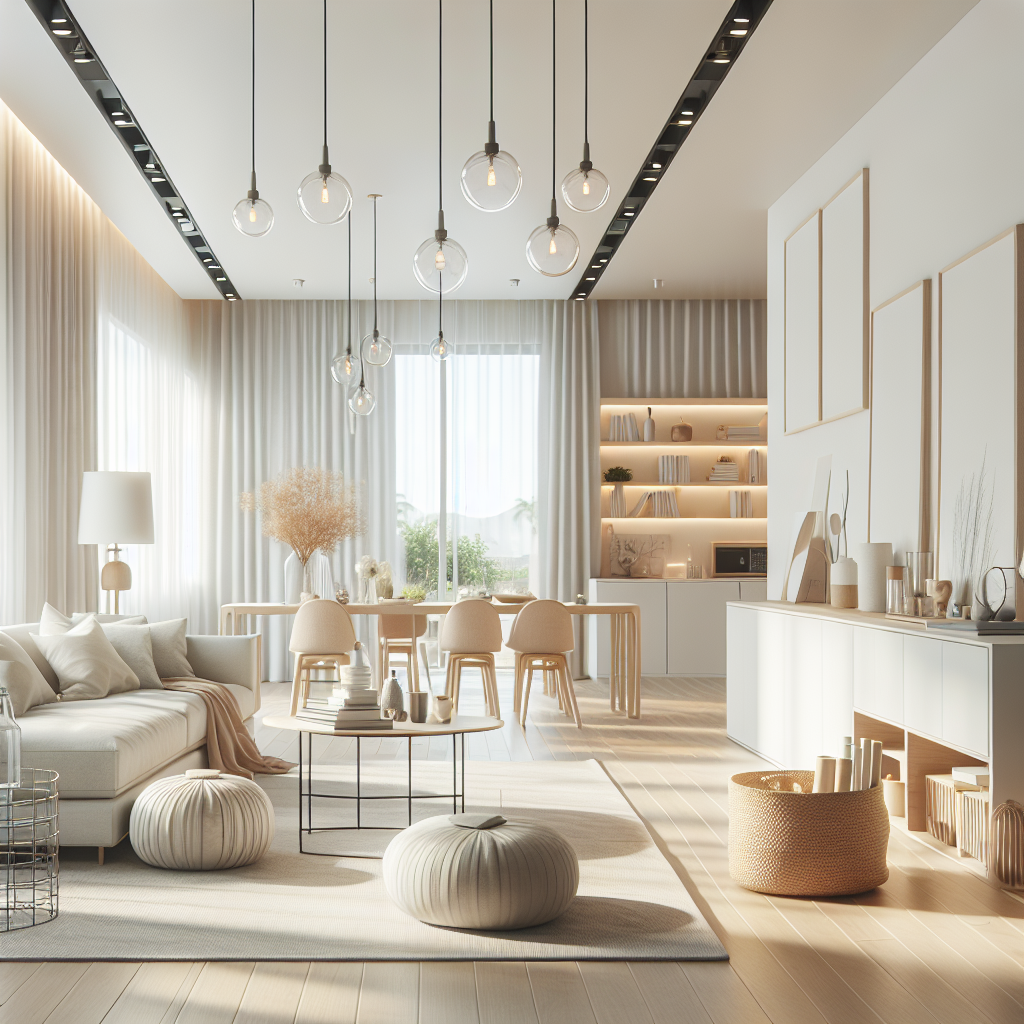In today’s fast-paced world, many people are choosing minimalist home design to create a sense of serenity and simplicity in their spaces. With the keyword “Minimalist Design” in mind, they are transforming cluttered environments into clean, functional living spaces that not only look great but also feel good to live in.
What is Minimalist Design?
Minimalist design is all about creating a simple, uncluttered space that uses fewer elements to get the point across. The principle of “less is more” is key here. They focus on functionality and simplicity, often using neutral color palettes, clean lines, and unobtrusive furniture. According to a study by the Journal of Environmental Psychology, people who live in minimalist environments reported a 20% increase in overall happiness and well-being (Journal of Environmental Psychology, 2020).
Characteristics of Minimalist Home Design
Minimalist design isn’t just about having fewer things; it’s about having the right things. Here are some key characteristics to consider:
| Characteristic | Description |
|---|---|
| Neutral Colors | Uses whites, blacks, grays, and natural tones. Bold colors are minimal. |
| Simple Furniture | Pieces with clean lines and minimal ornamentation. |
| Functional Decor | Items that are both useful and beautiful. |
| Open Spaces | Minimizes walls to create a sense of flow and openness. |
Benefits of Minimalist Home Design
Going minimalist offers several advantages:
- Reduced Stress: Fewer items mean less clutter, which in turn reduces mental stress.
- Easy Maintenance: Cleaning and upkeep are simpler and quicker.
- Focused Living: Minimizing distractions helps to concentrate on what truly matters.
- Environmentally Friendly: Consuming less means generating less waste and having a smaller carbon footprint.
According to The Minimalists, people who adopt a minimalist lifestyle save an average of $10,000 a year by cutting out unnecessary items and focusing on what they truly need (The Minimalists, 2019).
Steps to Achieve Minimalist Design
Here’s how they can adopt minimalist design in their homes:
- Declutter: Start by removing items that are not essential. Donate, sell, or recycle things they don’t need.
- Neutral Palette: Choose a neutral color scheme for walls and furniture.
- Simple Furniture: Opt for furniture with simple lines. Items should be functional and add value to the space.
- Quality over Quantity: Invest in high-quality items that will last longer and look good.
- Personal Touch: Add a few pieces of personal decor that bring joy, but don’t overwhelm the space.
Challenges of Minimalist Design
As rewarding as it is, the transition to a minimalist lifestyle can be challenging:
- Emotional Attachment: Letting go of items with sentimental value is tough for many people.
- Lifestyle Changes: Shifting to minimalist living requires a mindset change that can be difficult initially.
- Aesthetic Balance: Striking the right balance between minimalism and personal style can be tricky.
Despite these challenges, many find the benefits far outweigh the hurdles. A survey by Houzz found that 68% of homeowners who tried minimalist design found the process challenging but ultimately rewarding (Houzz, 2021).
Key Takeaways
- Minimalist design focuses on simplicity, functionality, and creating uncluttered spaces.
- The transition to minimalism offers numerous benefits, including reduced stress, easy maintenance, and environmental friendliness.
- Steps to adopt minimalist design include decluttering, choosing a neutral palette, and focusing on quality over quantity.
- Challenges like emotional attachment and aesthetic balance can arise but are manageable.
FAQs
- What colors are best for minimalist design?Neutral colors such as white, black, gray, and natural tones are ideal.
- Is minimalist design cost-effective?Yes, it can be. Focusing on high-quality, essential items can save money in the long run.
- How can they start decluttering?Begin by sorting items into categories: keep, donate, sell, and recycle.
- Can they express personal style in minimalism?Absolutely! They can add a few meaningful decor items without overwhelming the space.
- What are the main benefits of minimalist design?Benefits include reduced mental stress, easier maintenance, focused living, and environmental friendliness.
